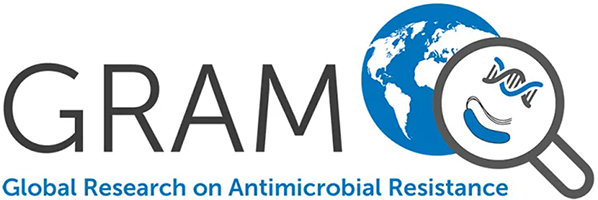Prevalence of Group A Streptococcus in Primary Care Patients and the Utility of C-Reactive Protein and Clinical Scores for Its Identification in Thailand.
Greer R., Althaus T., Ling C., Intralawan D., Nedsuwan S., Thaipadungpanit J., Wangrangsimakul T., Butler C., Day N., Lubell Y.
Pharyngitis is usually caused by a viral infection for which antibiotics are often unnecessarily prescribed, adding to the burden of antimicrobial resistance. Identifying who needs antibiotics is challenging; microbiological confirmation and clinical scores are used but have limitations. In a cross-sectional study nested within a randomized controlled trial, we estimated the prevalence and antibiotic susceptibility profiles of group A Streptococcus (GAS) in patients presenting to primary care with a sore throat and fever in northern Thailand. We then evaluated the use of C-reactive protein (CRP) and clinical scores (Centor and FeverPAIN) to identify the presence of GAS. One hundred sixty-nine patients were enrolled, of whom 35 (20.7%) had β-hemolytic Streptococci (BHS) isolated from throat swab culture, and 11 (6.5%) had GAS. All GAS isolates were sensitive to penicillin G. The median CRP of those without BHS isolation was 10 mg/L (interquartile range [IQR] ≤ 8-18), compared with 18 mg/L (IQR 9-71, P = 0.0302) for those with GAS and 14 mg/L (IQR ≤ 8-38, P = 0.0516) for those with any BHS isolated. However, there were no significant relationships between CRP > 8 mg/L (P = 0.112), Centor ≥ 3 (P = 0.212), and FeverPAIN ≥ 4 (P = 1.000), and the diagnosis of GAS compared with no BHS isolation. Identifying who requires antibiotics for pharyngitis remains challenging and necessitates further larger studies. C-reactive protein testing alone, although imperfect, can reduce prescribing compared with routine care. Targeted CRP testing through clinical scoring may be the most cost-effective approach to ruling out GAS infection.

